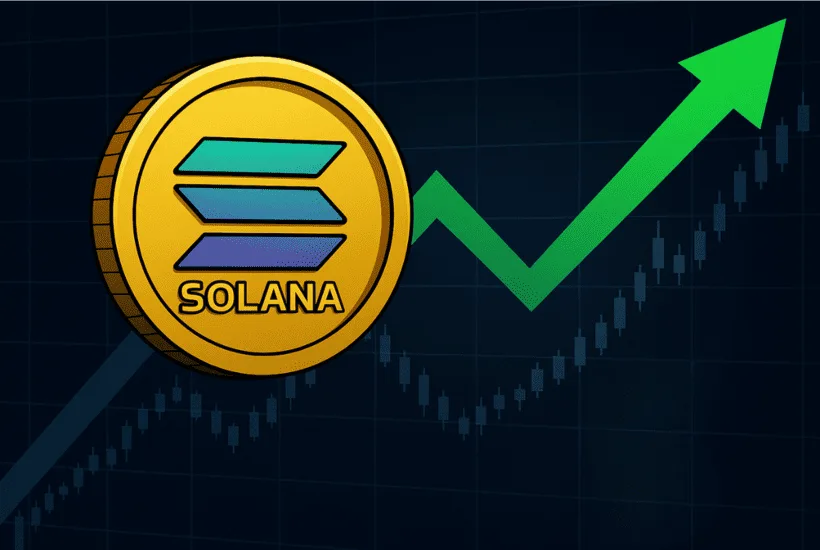- Two Ethereum wallets from the 2015 Genesis block moved 1,140 ETH, valued at nearly $2.9 million
- ETH has surged over 89,000% since the wallets were first funded on Ethereum’s mainnet launch day
- Reactivation coincides with Ethereum’s recent Pectra upgrade and a proposed gas cap for performance gains
Two wallets created at Ethereum’s inception have suddenly sprung to life after nearly a decade of inactivity, transferring a combined 1,140 Ether (ETH) worth approximately $2.9 million at current prices.
According to on-chain data, the addresses beginning with “0x27” and “0x7f” were activated on Monday, after lying dormant since July 30, 2015, the very day of Ethereum’s mainnet launch. That day marked the start of Ethereum’s “Frontier” phase, and both wallets were funded via transactions tagged “GENESIS” on Etherscan, confirming their origin from the network’s birth.
Dormant wallets show massive returns
When the wallets first received ETH, the token traded for less than $1. Now, nearly 3,630 days later, ETH has appreciated by 89,450%, according to TradingView.
Newsletter
Get weekly updates on the newest crypto stories, case studies and tips right in your mailbox.
This reactivation comes amid a broader trend of long-dormant “whale” wallets returning to activity. Just last week, three 14-year-old Bitcoin addresses moved funds worth several billion dollars. Earlier this year, Satoshi-era Bitcoin wallets surfaced to transfer nearly $44 million in BTC.
Source: TradingView
Ethereum network evolves amid wake-up
The reawakening coincides with rapid development in the Ethereum ecosystem. In May, developers deployed the Pectra upgrade, introducing smart accounts, scalability improvements, and increased staking thresholds. Following the upgrade, ETH rallied from $1,812 to $2,540, according to CoinMarketCap.
In a fresh development, Ethereum co-founder Vitalik Buterin and researcher Toni Wahrstätter proposed a gas cap of $ 16.77 million per transaction. This aims to enhance the network’s performance, stability, and resistance to denial-of-service (DoS) attacks. The authors emphasized that the cap would help predict transaction costs and improve network reliability.
Ethereum has undergone a major transformation since its proof-of-work beginnings in 2015. Its transition to proof-of-stake in 2022 through the Merge significantly reduced the network’s energy footprint, aligning it more closely with modern sustainability goals.
As the network continues to advance, the return of Genesis wallets serves as a striking reminder of Ethereum’s long-term growth and the enduring relevance of its earliest participants.









